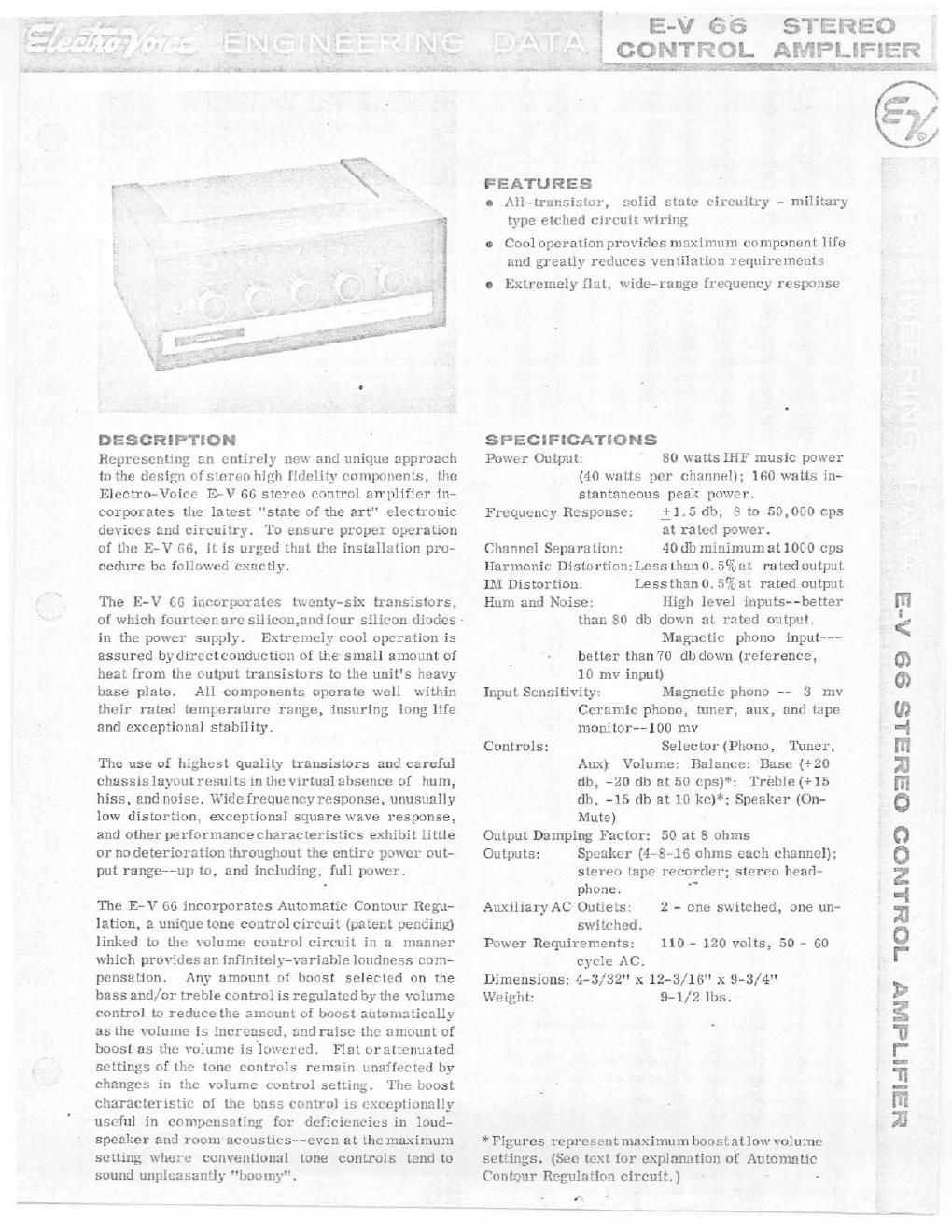Electro voice ev 66 brochure
This is the 6 pages manual for electro voice ev 66 brochure.
Read or download the pdf for free. If you want to contribute, please upload pdfs to audioservicemanuals.wetransfer.com.
Page: 1 / 6
